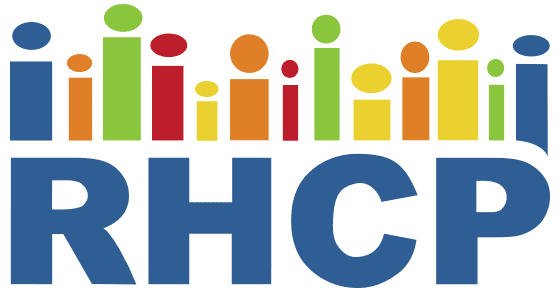Perspectives on Physical Activity Among Immigrants and Refugees to a Small Urban Community in Minnesota
Journal of Immigrant and Minority Health Sept 2013
RHCP conducted a qualitative study in Rochester, Minnesota, to explore how immigrants and refugees from Cambodian, Mexican, Somali, and Sudanese backgrounds perceive and engage in physical activity. Through 16 gender- and age-stratified focus groups with 127 participants, the research identified shared and unique barriers and motivators to physical activity. While participants recognized the health benefits of being active, many faced challenges such as unfamiliarity with exercise norms in the U.S., time constraints, weather, cost, and limited access to culturally appropriate facilities. Gender and generational differences also emerged, with women more likely to cite household responsibilities and cultural clothing norms as barriers, and adolescents more comfortable navigating gym environments.
Despite these obstacles, participants expressed strong motivation to be active, especially when supported by family, friends, and community. Social support, role modeling, and a sense of “togetherness” were key motivators, as was the desire to prevent disease and follow medical advice. The study emphasized that shared experiences of immigration—such as language barriers and socioeconomic challenges—play a more significant role in shaping physical activity behaviors than cultural differences alone. These findings suggest that effective interventions should be community-driven, culturally responsive, and designed to address both individual and structural barriers, ideally implemented soon after immigration to prevent declines in physical activity.
